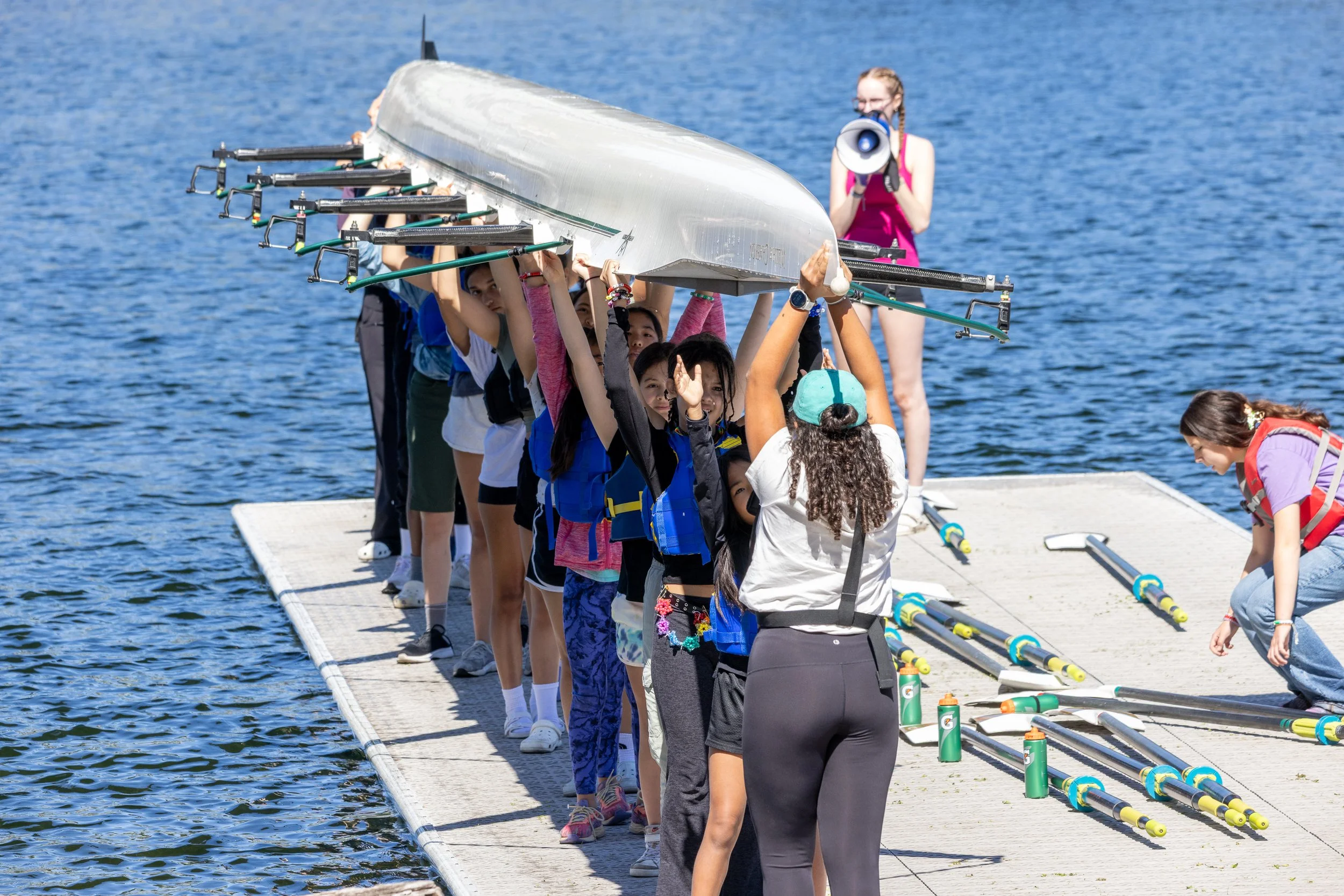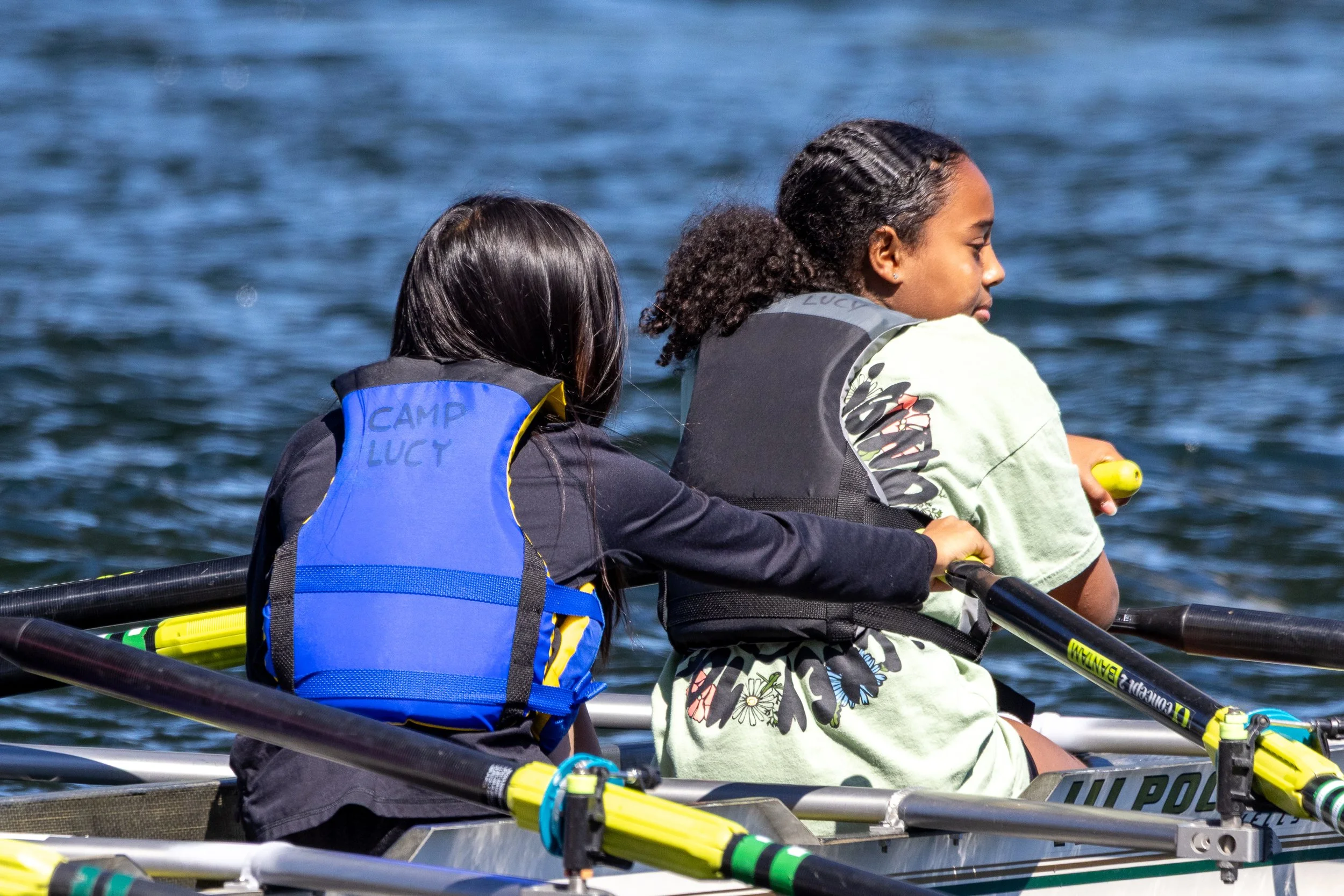Rowing is a particularly transformative sport
for
young athletes because it facilitates social and
emotional learning.
Every practice demands personal accountability, self-management, and conflict resolution, and these life skills positively impact numerous aspects of life off the water.
When middle school-aged children—who are uniquely willing to try new things—discover that rowing is not only fun but also a reliable way to make friends and find ongoing support, they are more likely to stay engaged and become lifelong athletes with highly developed life skills.
Embracing the Power of Rowing
RELIABILITY
Everyone must be present to set the boat and move it forward. For young athletes, they learn that, if they don’t show up, no one can participate in their absence—their teammates rely on them to be present and committed. In this way, rowing is also the ultimate team sport.
RESILIENCE
Repetitive, cyclical movement has a proven healing effect on the brain, particularly for those who have experienced trauma. In the repetitive motions of rowing, kids learn to impose a certain amount of stress on themselves and develop resilience in the midst of it.
RESPONSIBILITY
Rowing requires that athletes take responsibility for their own bodies, the success of their teammates, and the equipment necessary for their sport. There can be no casual approach to rowing without sacrificing the team’s success.
RHYTHM
Steady physical rhythm can help regulate and mature the human brainstem and ultimately calm the nervous system. Because trauma also impacts the brainstem, rhythmic movement has been studied as a reliable means of overcoming developmental or behavioral problems particularly for children and young adults.
RELIEF
For athletes who choose to pursue rowing apart from the erg, their regular proximity to the water has been shown to have a profound calming effect. Multiple studies have proved this environment can help relieve anxiety and depression and mitigate the effects of traumatic experience.
Between 2019 and 2022, regular team sports participation for youth ages 6-17 declined 6% while total participation (playing a sport at least once in the past year) stayed flat.
The good news is, according to the Aspen Institute’s State of Play 2023, kids see sports as a way to improve mental health, especially when it’s a good experience. The survey found as much among young people struggling with anxiety, depression, and even suicidal thoughts:
“I would recommend doing sports at school to anyone! I do cross country and track and they’ve really helped me manage my anxiety. While it is challenging at times, when I think about how far I’ve come as an athlete and as a person, I’m really proud of myself.”
We know that sports are good for young people. For children between 6 and 17 years old, daily play and physical activity contributes to physical benefits like heart health and bone strength but it also contributes to better school attendance, behavior and grades.







